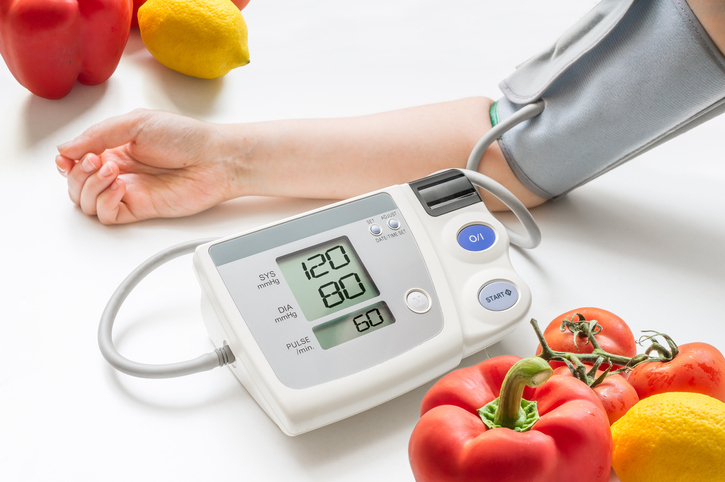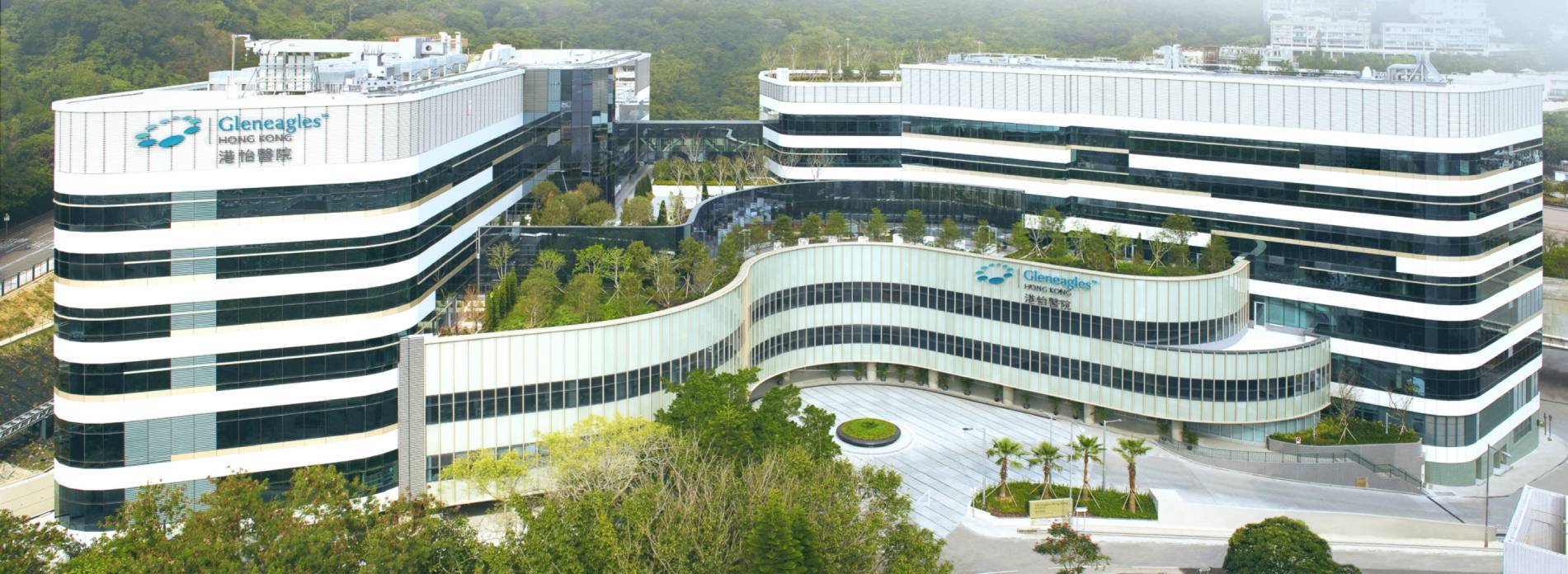Controlling Hypertension through Diet

When it comes to hypertension, many Hong Kongers are aware that reducing salt consumption through a low-sodium diet can help control the condition. Less well-known locally is the Dietary Approaches to Stop Hypertension (DASH) diet, which is especially effective to lower blood pressure when combined with a low-sodium diet. This extra step makes it possible for some hypertension patients to forego medication by actively managing their diet instead.
Hypertension: A condition with serious consequences
Hypertension is a condition when blood pressure is abnormally high, often related to overconsumption of sodium, which causes excess fluid retention in the blood vessels. Increased blood volume raises blood pressure and increases strain on the heart. Over the years, doctors have advised people to reduce salt intake, especially if they already have hypertension. As explained by Dr Lo Wai Kei, Director of the Dialysis Centre and Honorary Consultant in Nephrology at Gleneagles Hospital Hong Kong, "Hypertension itself has no obvious symptoms, but over time it can lead to serious diseases such as stroke, heart disease, and kidney failure. We cannot take it lightly. Changing our eating habits is a key step in its prevention."
Dr Lo also pointed out how easy it is to underestimate one's salt consumption, especially for Hong Kongers who eat out frequently. Figures show that Hong Kongers consume 10g of sodium on average each day, far exceeding the 5g recommended by the World Health Organization. According to the Population Health Survey 2014/15 conducted by the Department of Health, 27.7% of Hong Kongers between the ages of 15 and 84 suffer from hypertension, and about half of them were unaware of the situation. In recent years, doctors have seen increasingly younger patients with hypertension as well. To turn the tide on this public health concern and prevent hypertension and its complications, we need to go to the source, and start with a healthier diet.
Non-drug treatment for mild hypertension patients
The American Heart Association has adjusted its definition of high blood pressure, revising it from 140/90 mmHg (systolic/diastolic) to 130/80 mmHg: hypertension is defined as blood pressure higher than this standard. Dr Lo explains the stages (see the table below). “Hypertension can be further categorised into three stages, representing its severity and the risk of cardiovascular diseases. If you are not in stage 2, the most serious stage, and your doctor says your likelihood of developing cardiovascular diseases is lower than 10%, you can try improving your condition with non-drug treatment, including diet and exercise.”
Stage | Systolic/diastolic |
Prehypertension | 120-129/70-79 mmHg |
Stage 1 | 130-139/80-89 mmHg |
Stage 2 | 140/90 mmHg or above |
Research: Combining low-sodium and DASH diets helps lower blood pressure
In addition to the widely known low-sodium diet, research in recent years has proved that DASH is effective in reducing blood pressure. “For people with normal readings, it helps lower blood pressure by 6/3 mmHg, and is even more effective for those with hypertension, reducing it by 11/6 mmHg,” said Dr Lo. The DASH plan helps prevent or control high blood pressure with foods that are rich in potassium, magnesium and calcium, such as fruits and vegetables, nuts, low-fat milk, and high-fibre foods. It also emphases reducing one’s intake of sweets, drinks with added sugars, and foods high in saturated fat, as well as replacing red meat with white meat.
Dr Lo cited a study on the relationship between diets and blood pressure published in the Journal of the American Heart Association, which found a diet combining low-sodium and DASH systems to be more effective in reducing blood pressure for hypertension patients than either approach taken alone. The higher the patient’s blood pressure, the more pronounced the effect: it showed the potential to lower the systolic pressure for stage 2 patients by 9.7–20.8 mmHg, stage 1 patients by 7.5 mmHg, and prehypertension patients by 5.3 mmHg. The results are significant that Dr Lo recommends patients of all the three stages to take this two-headed approach into consideration when talking to their healthcare provider about treating and controlling their hypertension.





